





Poliomyelitis
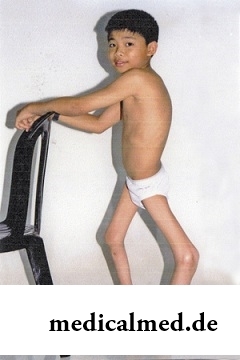
In literal translation the name of a disease "Poliomyelitis" sounds as "a gray spinal cord", that is at this infectious disease the activator which is an enterovirus first of all gets into gray matter of a spinal cord and motive kernels of a brainstem.
Poliomyelitis is called still Heine-Medina's disease, children's spinal paralysis, acute epidemic poliomyelitis, spinal children's paralysis, epidemic children's paralysis. As appears from names, in risk group there are children to seven-year age. The disease postponed at early age is capable to reduce considerably quality of life further as one of the heaviest complications of poliomyelitis is the damage of the central nervous system which is characterized by development of sluggish paresis and paralyzes.
In certain cases the disease proceeds in the erased or asymptomatic form. The person can be the virus carrier, allocating it in external environment together with a stake and allocations from a nose, and at the same time to feel absolutely healthy. Meanwhile a susceptibility to poliomyelitis rather high that is fraught with bystry spread of a disease among the children's population.
Though it is considered that poliomyelitis is a disease of the people living in insanitary conditions cases of emergence of epidemic regardless of a condition of hygiene in those places where the population has no immunity to this serious illness are frequent. Seasonality of developing of poliomyelitis is noted, the peak of incidence falls on the aestivo-autumnal period.
Types and symptoms of poliomyelitis
On average from the beginning of infection before emergence of symptoms of a disease there pass 7-12 days. The virus comes in the alimentary (food) way through the contaminated food and water to a human body. Originally he moves into in digestive tract and only then is soaked up in blood. Poliomyelitis can proceed as in an easy, and severe form.
Depending on localization of process and a possibility of development of paralyzes poliomyelitis is subdivided into two forms which in turn are divided into several types:
a) Not paralytic poliomyelitis. This form meets in most cases.
- abortal when the disease proceeds as an acute respiratory disease or flu. The patient shows complaints to deterioration in health, weakness, fatigue, a headache and the increased temperature. Insignificant dysfunction of intestines, a pharynx hyperemia, the catarral phenomena from upper respiratory tracts is sometimes observed. Recovery occurs in 3-5 days.
- meningeal. The virus affects serous covers of a brain therefore poliomyelitis proceeds in the form of serous meningitis. The most characteristic complaints for this form of a disease are the feverish state, vomiting, sharp head and foot pains. Truly meningeal symptoms, like a stiff neck, are expressed slightly. The disease disappears almost completely in 3-4 weeks after the beginning.
b) Paralytic poliomyelitis. Develops rather seldom, but, as a rule, leads to disturbance of many functions of an organism and, respectively, to disability:
- spinal. Weakness and muscle pain gradually are replaced by paralysis as the general, and partial. Damage of muscles at this form of poliomyelitis can be symmetric, but paralysis of separate groups of muscles on all trunk meets.
- bulbar. Danger of this type of poliomyelitis consists in development of the paralysis of a respiratory organs, in hard cases leading to the death of the patient.
- pontinny. Development of paresis and paralyzes of a facial nerve at which there is a partial or full loss of mimic movements is characteristic of this type of poliomyelitis.
- mixed of which the combination of symptoms of all types of paralytic poliomyelitis is characteristic.
Treatment of poliomyelitis
Still specific treatment against poliomyelitis does not exist. Fight against a disease consists in performing symptomatic therapy in the conditions of a hospital. For prevention of development of bone and joint complications in preparalytic and paralytic stages absolute rest is shown to the patient. Also at this time the antiinflammatory and anesthetizing drugs, vitamins, tranquilizers are used. At paralysis of a respiratory organs the medical ventilator is connected.
During recovery in addition to medicinal therapy physiotherapeutic procedures, massage and physiotherapy exercises are applied. Treatment at the orthopedist is in addition recommended. Further regular sanatorium treatment is shown to the patient who had poliomyelitis.
Prevention of poliomyelitis

The best prevention of developing of poliomyelitis and complications after it is the inoculation after which lifelong immunity to three main viruses causing a disease is created.
Poliomyelitis inoculations begin to do with three-months age. The peroral and inactivated vaccines are used. In the first case introduction is carried out through a mouth, in the second – by means of injections.
During the period up to six months in total the kid receives three giving a specific vaccine. For maintenance of acceptable level of the immune status the revaccination is carried out. Terms of repeated introduction of a vaccine depends on its form: the peroral vaccine is given aged 18 and 20 months, further in 14 years whereas the revaccination of the inactivated vaccine against poliomyelitis is carried out in a year after the finished vaccination and further each five-ten years.
Single-step introduction to an organism of vaccine AKDS and poliomyelitis, but different syringes and to different places is allowed.
In general the poliomyelitis inoculation is transferred well, morbidity in an injection site, an easy hyperemia, low body temperature and small consolidation is only in certain cases noted. When giving a peroral vaccine emergence of abdominal pains, a liquid chair and febricula is possible. All these phenomena very quickly and completely pass, do not demand special treatment.
It is undesirable to refuse carrying out inoculations against poliomyelitis, motivating with that, as after vaccination development of complications and infection is possible. It is necessary to remember that even if the child will get sick, then imparted according to a calendar of inoculations will much easier have a disease, without development of such heavy complication of poliomyelitis as paralysis.
In the aspiration to pull out the patient, doctors often go too far. So, for example, a certain Charles Janszen during the period from 1954 to 1994 endured more than 900 operations on removal of new growths.
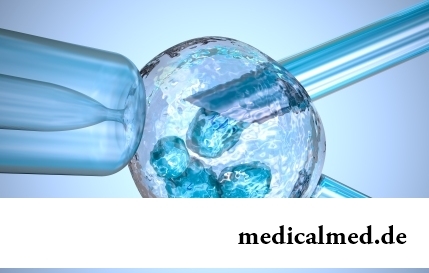
EKO, or extracorporal fertilization - a method of treatment of infertility which became the reason of a set broken mines in due time...
Section: Articles about health
Condition of lips (their morbidity, outward) – one of indicators of health of the person. The peeling, dryness, pallor, and also cracks in corners of a mouth can be not only the cosmetic shortcoming which arose owing to physical damages and weather having sent away...
Section: Articles about health
Tea is loved and use almost everything. This drink has tonic properties, contains the tannins capable to suppress activity of causative organisms. Recently great popularity was gained by teas with vegetable additives. The medicative herbs, spices and fruit which are a part of such mixes enrich drink with vitamins and microelements, increasing its nutritional value and creating additional curative effect....
Section: Articles about health
Beauty shop – the place which is associated only with positive emotions: joy, pleasure, relaxation. One...
Section: Articles about health
For anybody not a secret that the modern person eats not as his ancestors. For the last 100 years in broad access there were absolutely new products which are result of use of the latest technologies in food production. Significantly changed спо...
Section: Articles about health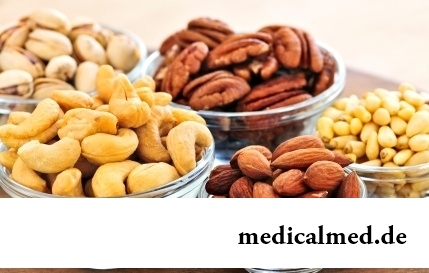
When overcomes feeling of hunger, and an opportunity to have dinner fully is absent, having a snack − the meals, small on volume, stabilizing sugar level in blood comes to the rescue. The relation of nutritionists to having a snack more often negative, but only because as snack people choose the most caloric products with the increased amount of "bystry" carbohydrates: cookies, rolls, chips, candies. Nevertheless, the advantage of having a snack is obvious to weight loss: the person avoids strong feeling of hunger...
Section: Articles about health
It is possible to find the extensive range of fruit and vegetables in modern shops. Russians already got used that on counters in any...
Section: Articles about health
For anybody not a secret that our country is one of the most "drinking" in the world. At clear understanding that the use of hard alcoholic drinks – occupation extremely harmful, most of Russians belong to alcoholism with unjustified loyalty. These...
Section: Articles about health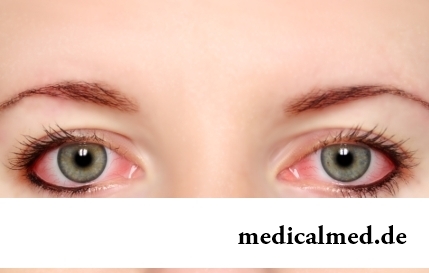
The sclera and mucous membrane of an eye are intensively supplied with blood vessels which problem - to saturate nervous tissues of body with nutrients and oxygen. In a normality vessels are almost not noticeable, however at their expansion (owing to thinning of walls) become visible, painting a sclera in red color. Quite often red eyes - the signal of any trouble in an organism caused as external irritants, allergens, and diseases which need in about...
Section: Articles about health
All know that self-treatment is dangerous. However absolutely it is almost impossible to do without it. Rate of modern life not on...
Section: Articles about health
According to doctors, more than a half of men of 25-50 years suffer from frustration of the urinogenital sphere, but the minority sees a doctor from them. And in vain - even the insignificant discomfort in the field of generative organs can serve as a symptom of an illness fraught heavy посл...
Section: Articles about health
About 10-15 years ago existence of the computer in the apartment of the Russian was considered as a rarity and office rooms were only at the first stage of equipment by these useful devices. Today practically in each house there is a computer (and often not one), and a regular user is already every our second compatriot. Convenience and efficiency of personal computers are undoubted, but the people working with them daily have to know also about health hazard which they can predstavlit...
Section: Articles about health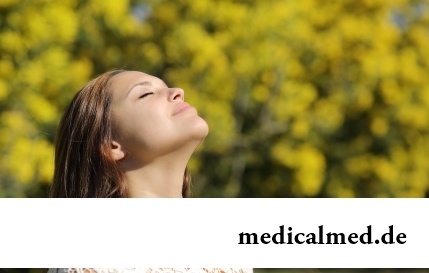
The phenomenon of the panic attack is known long ago, but the reasons of its emergence still are up to the end not found out. It is established that more than 30%...
Section: Articles about health
Bees – really unique beings. Practically all products of their life activity are used by the person. Since the most ancient times medicinal properties of honey and other substances received in the course of beekeeping are known. The fact that all these пр is especially significant...
Section: Articles about health
For the last decades the diabetes mellitus of the second type became really world problem. The number of cases annually increases, and average age of patients for whom the illness is diagnosed, steadily decreases. Specialists consider that one of the main reasons for this trouble is disturbance of a diet. In other words, the huge number of people regularly overeats or excessively is fond of the products causing glucose exchange process failures....
Section: Articles about health
Dietary supplements (dietary supplements) for the last decades were so thoroughly included into our life that, apparently, it is already impossible on...
Section: Articles about health
Use of medicinal plants in therapy is urgent today, more than ever. The drugs made of curative herbs cannot replace completely modern synthetic drugs, but their use becomes frequent serious help in simplification a leak...
Section: Articles about health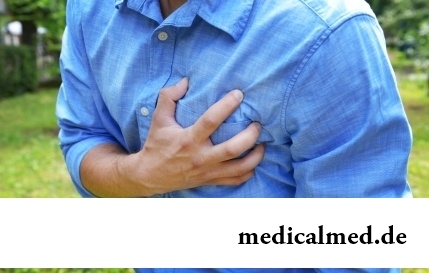
For the time being the perspective of heart diseases seems to most of people remote and foggy. But sooner or later practically each adult faces extremely unpleasant feelings: sudden stethalgia. To be consoled at this time in a thought of what for a heart attack still early, will hardly turn out: if the person is impressionable, he, as a rule, has feeling of panic and fear of fast death. And meanwhile, it is very often possible to confuse pains with cardiac pains невралгическог...
Section: Articles about health
With age in a human body harmful substances collect. We receive them with food and water, at inhalation contaminated air...
Section: Articles about health
The next flu epidemic leads to the next panic, from year to year we give in on these manipulations: professionally alarming voice of the announcer in news, reports with calculation of the died patients, an interview with people in white dressing gowns and advertizing of anti-influenza means ра...
Section: Articles about health
Proofs of efficiency of Mildronate at treatment of coronary heart disease with stenocardia can be found in many publications of the end of the twentieth century. Researches were conducted since 1984, including placebo - controlled effects. In total clinical tests of Mildronate were carried out for more than thirty years....
Section: Articles about health
Insufficiently strongly expressed sexual desire or lack of satisfaction from sexual contacts can test time from in...
Section: Articles about health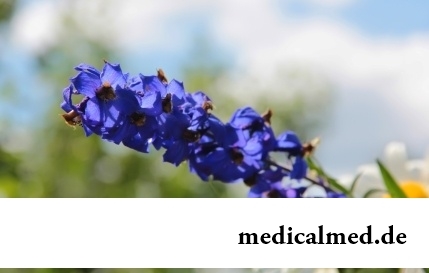
It is impossible to imagine human life in which there would be no plants. Practically in each apartment and any production room there are window plants, millions of people with pleasure are engaged in gardening and truck farming, many citizens пр...
Section: Articles about health
We present to yours the TOP of the medicamentous means exerting the stimulating impact on a potentiality, i.e. on ability of the man to commission of sexual intercourse. At once it is necessary to tell that not always disturbances of erectile function can be eliminated with reception of this or that drug. The reasons of decrease in a potentiality there can be a set, from banal overfatigue before tumoral process in a small basin therefore if the man faces similar problems too often, it should turn...
Section: Articles about health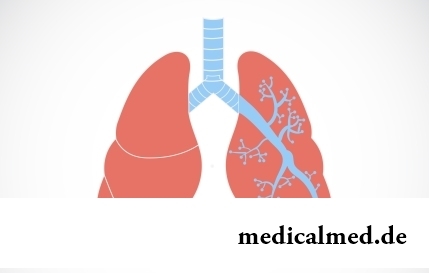
They say that to ensure health and longevity of people it is obliged. Really, at competent approach to these questions, we will pass...
Section: Articles about health
Good appetite was always considered as a sign of good health. The correct operation of the mechanism which is responsible for the need for nutrients and receiving pleasure from process of its satisfaction demonstrates that the organism functions without special from...
Section: Articles about health
Doctors claim that the people not so familiar with a dorsodynia occur among adult Russians very seldom. At the same time the vast majority of the patients who are periodically testing this indisposition do not hurry to ask for medical care at all. On the one hand, there is an opinion that feelings of this sort at mature age are nearly natural phenomenon which is not doing serious harm to health. With another – practice of self-treatment various obezbol is eurysynusic...
Section: Articles about health
